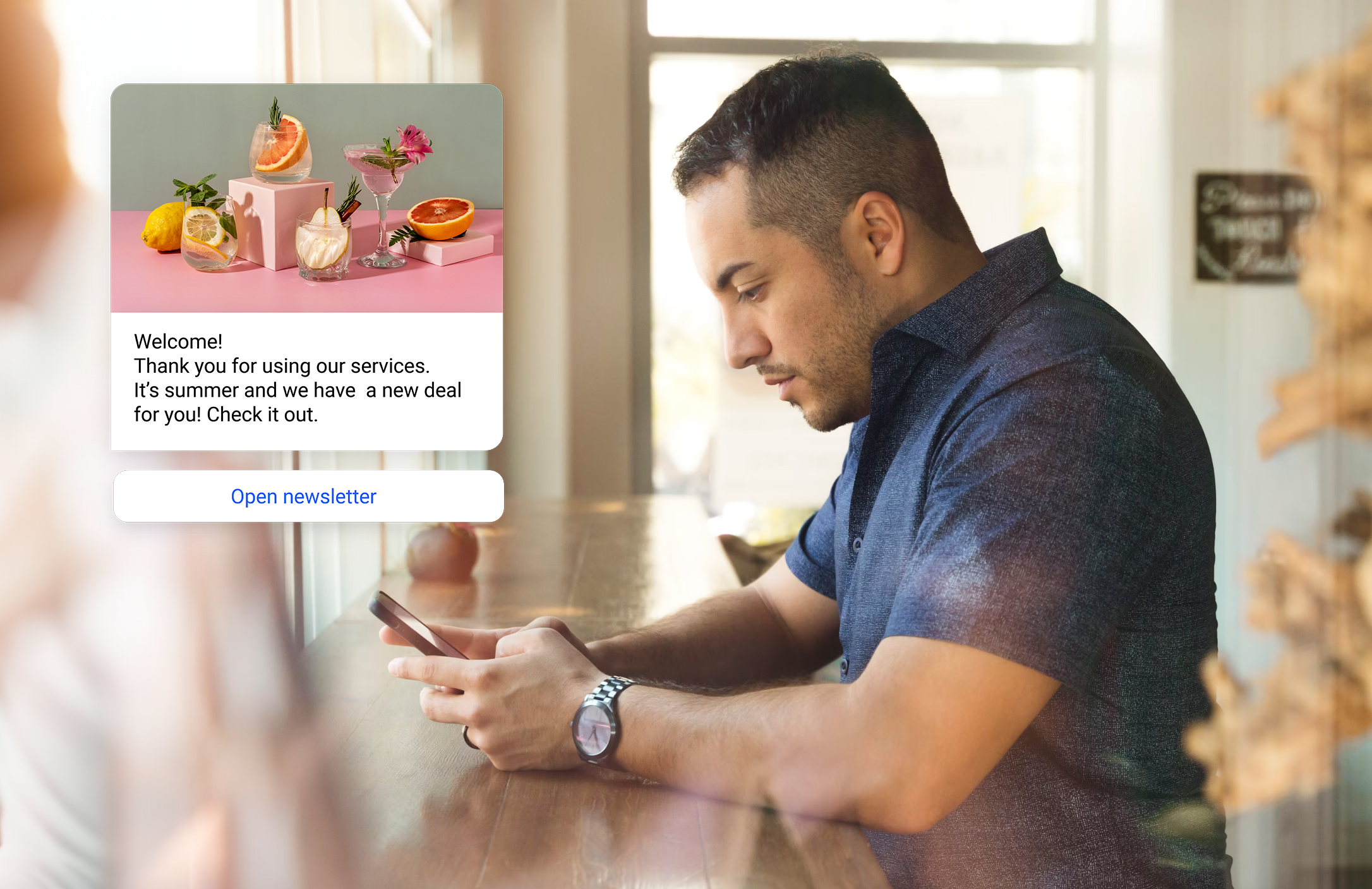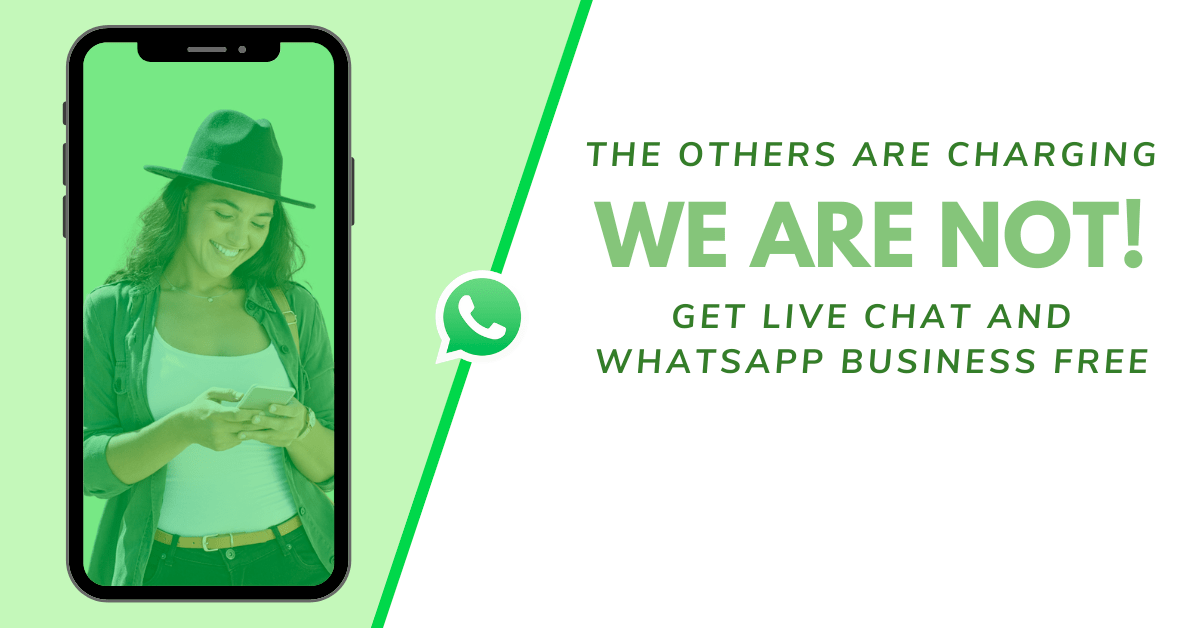Businesses are turning to WhatsApp newsletters as an innovative way to connect with their audience. This powerful messaging platform allows businesses to share engaging content, updates and promotions via visually appealing and interactive newsletters, designed for mobile.
However, creating effective WhatsApp newsletters that resonate requires strategic planning. This comprehensive guide explores proven tips and best practices for designing WhatsApp newsletter campaigns that get results. From understanding your audience’s preferences to incorporating interactive elements like quick reply buttons, personalization tactics, and eye-catching visuals, you’ll learn the essential steps to maximizing engagement with your WhatsApp newsletters. Whether you’re new to messaging app marketing or want to improve your WhatsApp newsletter strategy, these practical tips offer ideas for creating impactful campaigns that foster customer relationships and loyalty.
Here are some tips for creating a newsletter that leaves a lasting impression on your customers.
1. Understand your audience:
Regardless of the marketing channel you choose, it is crucial to understand your audience. Before writing your newsletter, ask yourself these questions:
- What demographics define your audience?
- What problems can you help them solve?
- What are their interests?
- Why did they subscribe to your newsletter?
Paying special attention to the last question, for example, if someone signs up for a newsletter expecting to receive sound advice on healthy living, they expect to receive just that. If they instead receive a barrage of promotions for unrelated products, they will likely be disappointed and unsubscribe. Ultimately, marketing is about understanding your customer and meeting their needs.
2. Get to the point:
Under no circumstances should you consider copying and pasting your email newsletter into WhatsApp! One of the most common mistakes marketers make is not tailoring their message to different marketing channels. As we’ve experienced, a video that goes viral on Facebook might receive zero engagement on TikTok. Likewise, an email newsletter with an impressive response rate may fail on WhatsApp. This is why we must avoid replicating past successes on new platforms.
When considering distributing your newsletter via WhatsApp, it’s essential to understand the platform’s common usage habits. In general, WhatsApp users tend to exchange short, direct and informal messages. So it is important to consider the label of the channel we are using. Do you have a lot to say in your newsletter? Consider structuring it with several short messages. You can incorporate buttons into each message, allowing subscribers to navigate through the newsletter. This approach will enhance the reader experience and encourage engagement for those who want to explore further.

3. Express your brand’s personality:
According to Hawkpartners, 8 out of 10 consumers say it’s important for a brand to be authentic. Additionally, they found that 85% of millennials and Gen Z say it is important for a brand to be authentic, suggesting that this trend is likely to reshape the brand-consumer relationship for generations to come. Authenticity helps build consumer trust, and when consumers completely trust a brand, they are “more likely to purchase from it first, remain loyal, become advocates, and advocate for the brand.” »
Since WhatsApp is primarily an interpersonal communication channel, it represents the ideal platform to demonstrate the authenticity of your brand. Make sure each message reflects your brand’s personality and, above all, seems authentic and human. An effective strategy is to write in the first person. The more your newsletter appears to be written by a person rather than a company, the more engaging it will be.
4. Encourage Engagement:
The real power of sending newsletters via WhatsApp lies in the ability to engage recipients even after sending.
According to a survey conducted by Demand Metric, interactive content has a remarkable 70% conversion rate, while static content trails far behind at 36%. These numbers highlight the immense potential of incorporating interactive elements into your content marketing approaches. While email newsletters are typically considered one-way communication, WhatsApp newsletters provide an opportunity for interactive engagement. Brands that invest in authentic interaction with followers on WhatsApp can maximize its potential as a marketing channel.
5. Define a goal and select a Call to Action:
Once you have established a clear goal, informed by understanding your customers as outlined in our first point, you can then provide a Call to Action (CTA ). This could involve including options like a quick reply button, a link to your website, or a message encouraging subscribers to share your WhatsApp newsletter with their friends.
When creating your newsletter, stick to one or two main goals. Simple, targeted marketing tends to be more effective.
6. Add emojis:
As many of us have probably observed, WhatsApp messages often feature emojis or other funny media. So why not incorporate these elements into our newsletter too?
Maintaining consistency in your brand’s tone is crucial, but it’s just as important to tailor it to fit the specific channel. To make your newsletter visually appealing, you can add elements like: images, videos, emojis, or gifs. Visual material is more interesting, shareable and memorable than textual content. According to previous research, 65% of people are visual learners. Additionally, when learning about a product or service, 72% of customers prefer video content over text, and visual content can increase engagement by up to 37%.

7. Personalize as much as possible:
Personalizing your newsletters is crucial to engaging your audience and getting results. This emphasis on personalization is well-founded by research from McKinsey indicating that 71% of consumers anticipate personalized interactions from the companies they engage with. With the subscriber data you’ve collected, you can address recipients by name, tailor content to their interests, and send targeted messages to specific audience segments.
This personalization improves the relevance and value of your newsletters, fostering stronger relationships with subscribers.
8. Give your subscribers the option to unsubscribe:
You may be wondering why allowing subscribers to unsubscribe is considered a best practice? Please consider the following:
- You reduce the risk of recipients reporting you as spam.
- This demonstrates to your audience that you value your interactions with them and respect their privacy.
- This provides an opportunity to ask for feedback, allowing you to understand why they chose to unsubscribe and make necessary improvements to retain subscribers.
9. Optimize your newsletter schedule:
Establishing a regular schedule for your WhatsApp newsletter is essential for its success. Depending on your business needs, you can choose to send it weekly, every two weeks, or monthly. Regardless of the frequency, the main goal is to keep your audience engaged and looking forward to each update. Please consider the following recommendations:
- Avoid sending WhatsApp messages too frequently to avoid unsubscribes.
- Consider demographics: different age groups might have distinct preferences.
- Weekdays (Tuesday to Thursday) generally yield better open rates than weekends. People are more focused during work days.
- Consider the type of content: daily news updates warrant frequent delivery, while monthly industry insights may be less frequent.
Creating engaging WhatsApp newsletters requires a strategic approach that prioritizes understanding your audience, crafting concise messages, showcasing your brand’s personality, and encouraging interaction. By setting clear goals, incorporating interactive and visual elements, personalizing content, and respecting user preferences, businesses can leverage WhatsApp to build stronger connections with their audiences. Regularly optimizing your newsletter schedule ensures sustained engagement and loyalty. Follow these steps to master WhatsApp newsletter campaigns that not only captivate but also convert, achieving meaningful results for your business.







